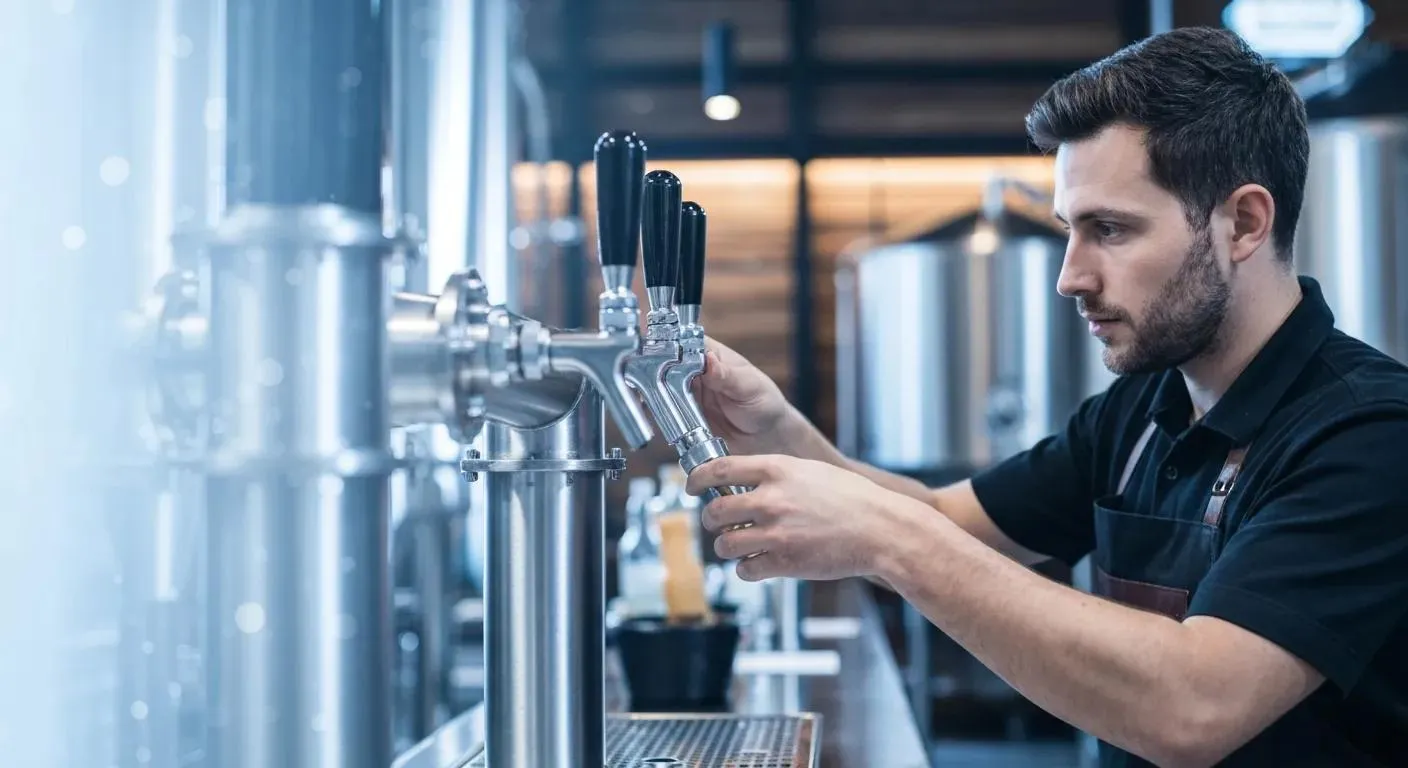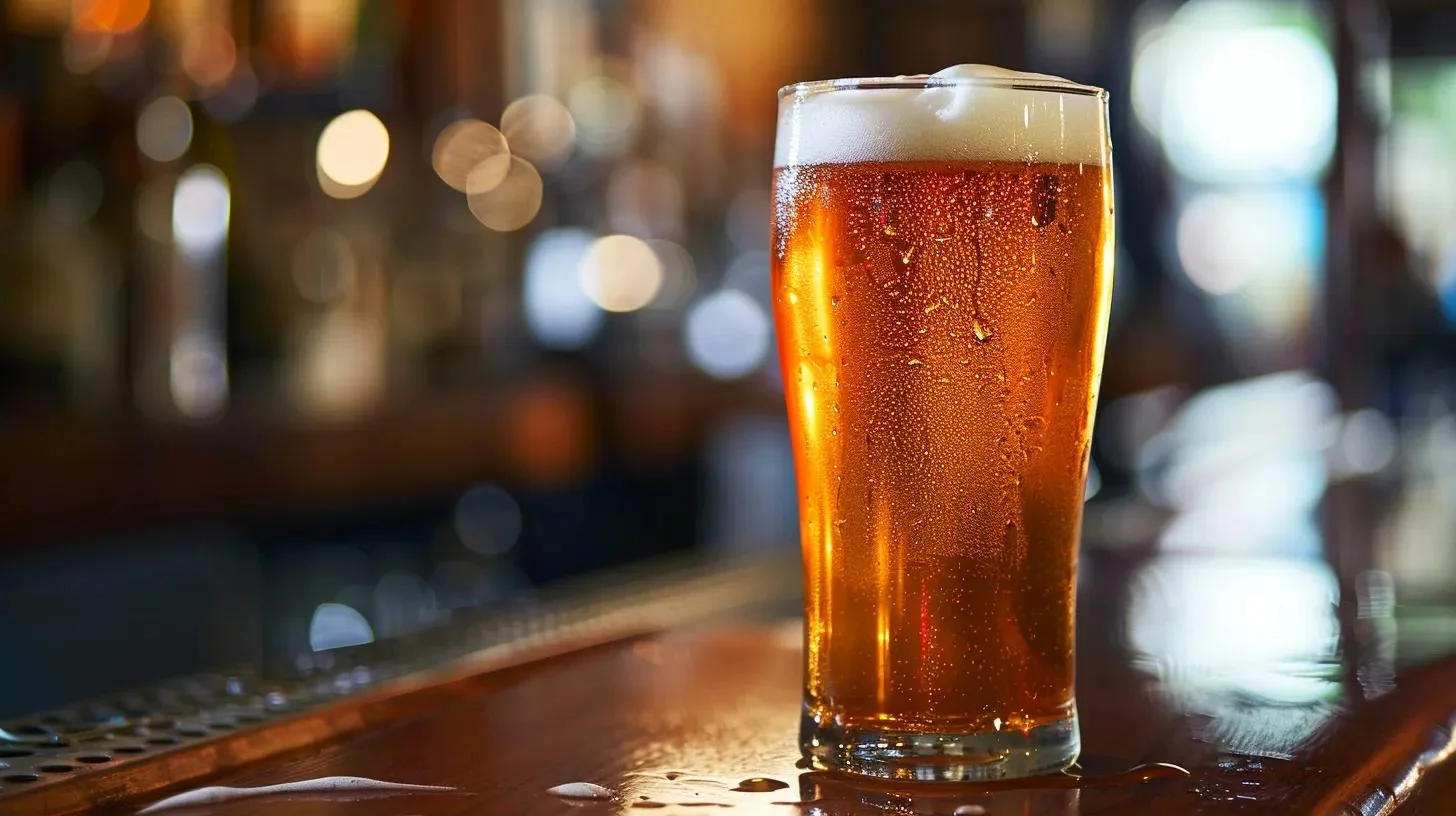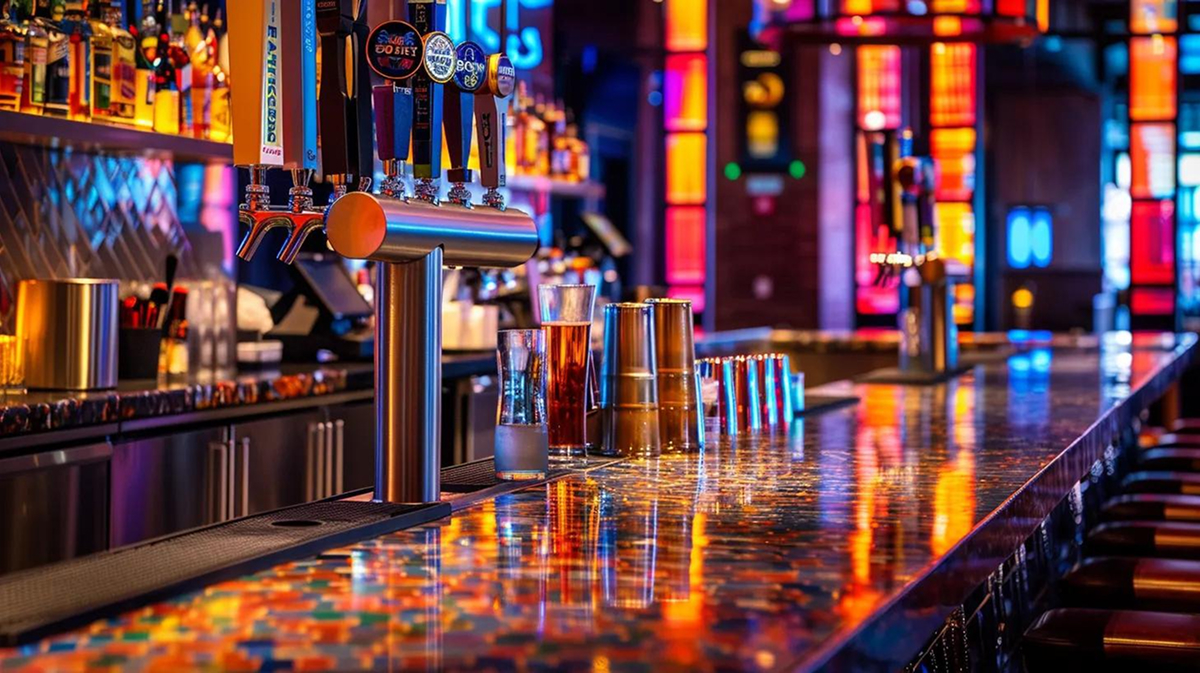Effortless Pour: A Step-by-Step Guide to Installing Draft Beer System For Your Bar

Embarking on installing a draft beer system brings the pub experience into your space, but it requires some know-how. This article guides you through every step of installing a draft beer system, ensuring you understand exactly what to do from the outset. We focus on practicality, helping you avoid common pitfalls and ensuring a smooth setup for your draft beer enjoyment.
Key Takeaways
- Proper planning is essential in the installation of a draft beer system, including assessing space, setting a realistic budget, and selecting the right type of system for one’s individual needs.
- A draft beer system’s quality and functionality depend on its core components—keg couplers, beer lines, taps, refrigeration units—and proper temperature control, which should be between 34-38°F (1-3°C).
- Regular maintenance every two weeks to a month, such as cleaning beer lines and troubleshooting common draft system issues, is key to preserving the system’s performance and the beer’s taste and quality.
Planning Your Draft Beer System Installation

Crafting a delightful draft beer experience begins with planning. Whether you’re a budding craft beer enthusiast or a seasoned connoisseur, the first step towards pouring that perfect glass of beer is planning your draft beer system installation. This process requires careful consideration of your space, budget, and the type of beverage system used that best suits your needs.
Assessing Space and Requirements
The first step in planning a draft beer system is assessing your available space and requirements. Typically this comes down to the area where the draft beer tower will be pouring beer at the bar station, and where the kegs will be kept cold. Also, keep in mind how many other bar and beverage service stations there might be on the property and where these stations will be in relation to the beer walk-in cooler.
Budgeting for Your Beer Dispenser
Once you’ve determined your space and requirements, the next step is to establish your budget. Draft beer systems can range widely in price. This will come down to the type of system, what's going to be poured, and how much will be poured. However, one important thing to keep in mind is the draft system is a revenue-generating piece of equipment. You want to have a system the maximizes keg yield and minimizes pour cost.
Selecting the Right Type of System
Selection of the right type of new draft beer system is a crucial step in the planning process. Direct draw beer dispensing systems are, also known as Through-the-Wall systems, are typically used in settings where keg storage is close to the tap. These systems are often the choice for venue setups due to their simplicity and cost-effectiveness.
Long-draw beer systems allow the user to pour beer over long distances while keeping the beer cold. These types of systems also allow beer to be poured hundreds of feet and up multiple stories.
Essential Components of a Draft Beer System

With planning out of the way, it’s time to turn our attention to the essential components of a right system for a new draft beer system. These include:
- Keg couplers
- Beer lines
- Beer Tower or Taps
- Beer Walk-In
Each of these beverage systems plays a vital role in the functionality of the system and the quality of the draft beer system installation.
The Heart of the System: Keg Couplers and Taps

Crafting a delightful draft beer experience begins with planning. Whether you’re a budding craft beer enthusiast or a seasoned connoisseur, the first step towards pouring that perfect glass of beer is planning your draft beer system installation. This process requires careful consideration of your space, budget, and the type of beverage system used that best suits your needs.
Keg couplers and taps are the heart of the draft beer system, including the commercial beer tap system. These vital components serve the dual purpose of connecting the beer line to the keg and managing the flow of gas and beer. There are six primary keg coupler types:
- D
- S
- G
- U
- A
- M
Each corresponds to different keg valves and is designed to match the specifications of beers from various parts of the world or distinct breweries.
Keeping It Cool: Refrigeration and Temperature Control

Temperature control in a draft beer system is of paramount importance. The ideal temperature for serving beer for most ice-cold beer, especially draft beer, is between 34-38°F (1-3°C). Non-pasteurized beer should be kept cold at about 38°F (3°C) for optimal freshness in the beer system.
Refrigeration options for draft beer systems at include:
- Kegerators, which can be placed anywhere and may feature casters for movement
- Wall Mount Or Direct Draw Beer Systems
- Long Draw or Remote Beer Systems
Lines and Gas: Beer Lines and CO2 Tanks

Beer lines and CO2 tanks play a crucial role in the functioning of a draft beer system. CO2 tanks are essential as they provide the necessary pressure to propel the beer from the keg to the tap. To connect a CO2 tank to a draft beer system, follow these steps:

- Attach the airline to both the CO2 regulator and the keg coupler.
- Secure the Primary regulator on the CO2 tank.
- Attach the coupler to the keg.
- Open the CO2 tank to adjust the pressure for dispensing.
The Installation Process: Bringing Your Beer System to Life
With the planning completed and the components gathered, it’s time to bring your draft beer system to life. The process depends on the complexity of the system. The more complex the longer it will take to set it up. Also, keep in mind you'll be working around the other trades.
Let’s delve into the installation process.
Preparing Your Installation Area
The first step in the installation process is preparing your installation area. The bar area should be cleared and arranged to accommodate the dimensions and structure of the bars and the draft system, ensuring proper fitting and accessibility. Before starting the installation, it’s also crucial to ensure all electrical outlets and plumbing connections are in good working condition.
Assembling the Draft Tower and Faucets
After completing the previous installation steps, the next task is to assemble the draft tower and faucets. This will help in setting up the system for dispensing beverages. The draft tower needs to be securely mounted on the bar or countertop to prevent movement and ensure the stability of the draft beer dispensing system.
Once the tower is securely mounted, it’s time to attach the drip tray.
Connecting Kegs Gas Lines and Other Dispensing Equipment
Connecting air line to the kegs and gas lines is a vital step in the installation process. Each keg needs its coupler, gas line, and beer line attached as per the manufacturer’s guidelines to establish a connection to the system.
The CO2 cylinder, attached to the system features a regulator, must be set to the correct pressure to maintain the desired carbonation level of the beer. Applied pressure from the secondary regulators should be between 12-14 psi for most lagers and ales. For longer remote systems a blended gas is recommended.
Secondary Regulators and FOBs are usually pre-set on beer panels and ready for the installation process. If using a remote beer system a Glycol Chiller and Blender will most likely be used.
Post-Installation: Testing and Fine-Tuning Your System
With your draft beer system installed, it’s now time to test and fine-tune the system. To ensure the system is free from leaks and functioning properly before pouring beer, it is crucial to conduct a thorough leak test and adjust the pressure in the draft beer system promptly to prevent issues with the beer flow and quality.
Leak Detection and Pressure Adjustments
Conducting a thorough leak test using soapy water is a crucial step in ensuring your draft beer system is functioning properly. This involves applying a soapy solution to connections in the draft beer system to detect leaks, as indicated by bubble formation.
The First Pour: Ensuring Quality from the Start
Quality assurance is crucial from the very first pour. Allowing the keg to sit after transport helps stabilize the carbonation in the beer, reducing excessive foaming at the time of tapping.
Maintaining Your Draft Beer System
With your draft beer system up and running, it’s important to ensure its longevity and performance through regular maintenance. This includes consistent cleaning every two weeks , as well as regular removal of yeast, bacteria, and beer stone to prevent off-tastes, cloudiness, and degradation of beer quality and appearance.
Cleaning Schedule and Techniques
Consistent cleaning of your draft beer system is key to maintaining optimal taste and sanitation of the beer lines. This should be performed every two weeks to one month using a recirculating beer line cleaning pump and specially formulated cleaning solutions.
Troubleshooting Common Draft System Issues
Despite best maintenance practices, issues may arise in your draft beer system. Common issues with beer often include foaming excessively, pouring slowly, and having an off taste. These problems can affect the overall enjoyment of the beer-drinking experience. To begin pouring beer properly, addressing these issues promptly and optimizing the beer’s temperature, pressure, and flow rate are fundamental to resolving these problems.
Expert Installation Services: When to Call the Pros
While installing a draft beer system can be an exciting DIY project, there are times when it’s best to call the pros to install it. Professional draft beer system installations performed by certified draft beer system installers offer:
- Credibility and assurance of professional expertise
- Compliance with alcohol laws and regulations
- Functioning correctly for consistent pours
- Peace of mind
Summary
From planning to pouring, installing a draft beer system involves careful consideration, meticulous setup, and regular maintenance. So, why wait? With this comprehensive guide, you’re now equipped with the knowledge to embark on this exciting journey of pouring your perfect pint at your bar. Cheers!



